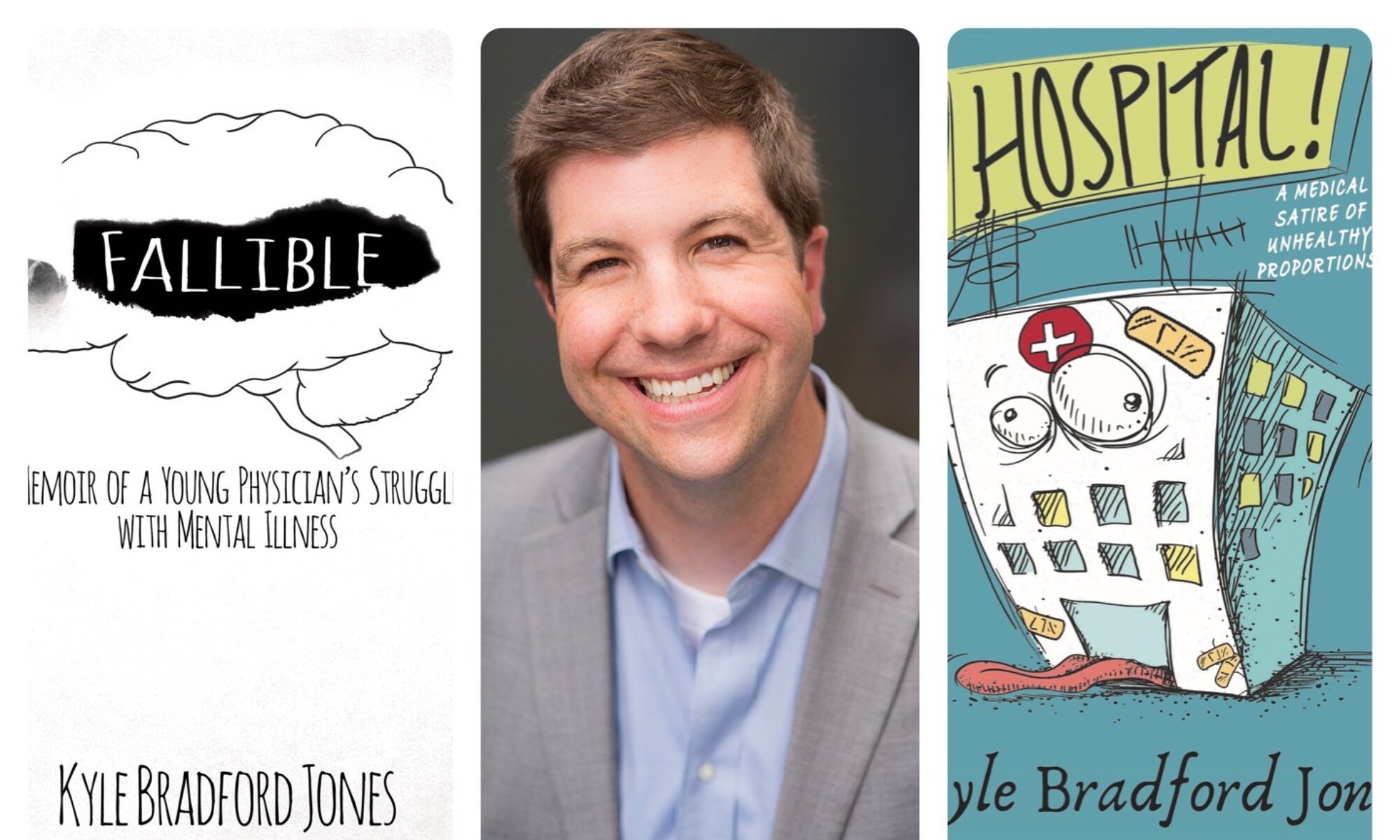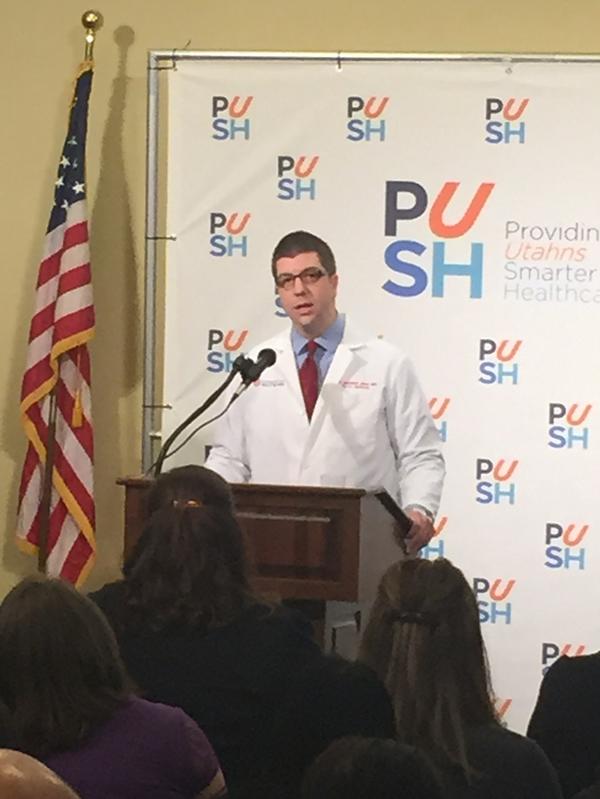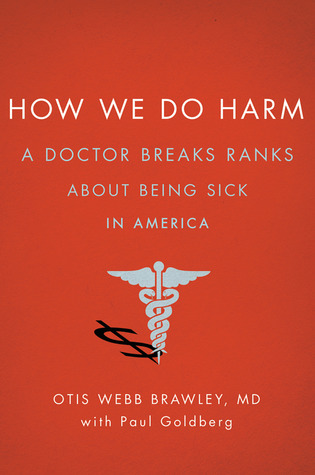Healthy Utah is Gov Gary Herbert’s (Republican) idea of a unique “Utah solution” to Medicaid expansion. While I support the plan in general (mainly using Medicaid funds to subsidize purchase of private insurance), the idea that this is a “uniquely Utah” (read: anything different than what the dark overlord Obama wants us to do) way to do it is hogwash, as multiple other states have tried very similar iterations. Gov Herbert is walking the fine line of utilizing federal dollars to follow the public polls supporting coverage of everyone (yes, even in Utah) while trying to make it seem that he does not support, and will not participate in, the great evil that is Obamacare.
Straight Medicaid expansion was never a serious consideration in Utah, so Healthy Utah was negotiated with the Centers for Medicaid and Medicare Services (CMS) for Utah to get as far away from traditional Medicaid as the feds will allow. Healthy Utah now is a legitimate option for Utah, passing the Senate Health and Human Services Committee yesterday 4-1. It now goes to the Senate where there should be enough votes to get it through easily, though the House represents the biggest challenge to the law.
As in all politics, the joke comes when certain politicians oppose something for ideological reasons and yet try to pass a bogus argument off as the real reason for their disapproval. Senator Christensen, a dyed in the wool, Obama-hating, gun toting tea partier (along with many other conservative legislators) claim to be against Healthy Utah for fiscal purposes, even though it is simply because they hate Obama and the federal government and don’t want to be associated with this administration in any way. The plan will cost Utah $237 million over 6 years, bringing in $3.2 billion dollars in federal funds, expanding the state economy by $650 million per year over that time, and decreasing social services spending in other programs by $60 million. This all to cover well over 100,000 citizens who currently do not have health care. Sen Christensen’s legislative response to Healthy Utah (SB 164), nicknamed Frail Utah, is the “medically frail” Utah bill (SB 153). While covering only 10% of the most “medically frail” (which is a very nebulous definition to be sure) Utahns, this bill would cost $200 million over 6 years, bringing back just over $600 million in federal funds. The tea partying Utah House members claim that this represents a significant savings as compared to Healthy Utah, and that it won’t hamstring the state’s budget as much. “I’ve got $100 million worth of requests sitting in my committee and there are not any of them that will get funded if we take it all for Healthy Utah,” said Christensen, (R) Ogden. I don’t see how the medically frail option saves any more money, considering the dramatically increased amount of federal money coming to Utah and the savings to other programs, not to mention the overall economic increase that will bring in more tax revenue. I call a big fat BS. Just call a spade a spade—the GOP hates Obamacare. We can all respect honesty, as opposed to this hiding behind false arguments.
Much of the fiscal conversation also revolves what will happen after 6 years, as the federal match gradually decreases; how on earth will we pay for it then?!? Why do so few people realize that step 1 to decreasing medical costs is providing coverage? It could seem a little backwards to cover people in order to decrease costs, but the ability to get care when and where it’s needed is one of the biggest problems in our system today. I’m sure there are diminishing returns with the number of uninsured being covered and decreasing costs, but I can accurately guess that we are nowhere near that threshold where the decrease in costs may not justify the investment (strictly from a fiscal point of view). We will be much better off and easier to handle our elevated costs years from now if everyone has health coverage.
I initially testified before the Utah Legislative Health Reform Task Force in support of the Healthy Utah plan in September. My testimony is what evoked poor Rep Michael Kennedy’s (Republican) now infamous comment. The task force voted against any sort of federal dollars back to Utah for coverage expansion.
I spent all of yesterday morning at the Utah State Capitol testifying in support of Healthy Utah. I testified first to the Social Services Appropriations Committee, and then at a press conference for the new PUSH Coalition, which includes a number local and national patient advocacy groups. 3 years ago even the most optimistic Utahn would not have guessed we would be as far as we are today. I don’t think any health coverage plan is ideal, but I fully support Healthy Utah as something that will cover all remaining Utahns with a reasonable plan.


